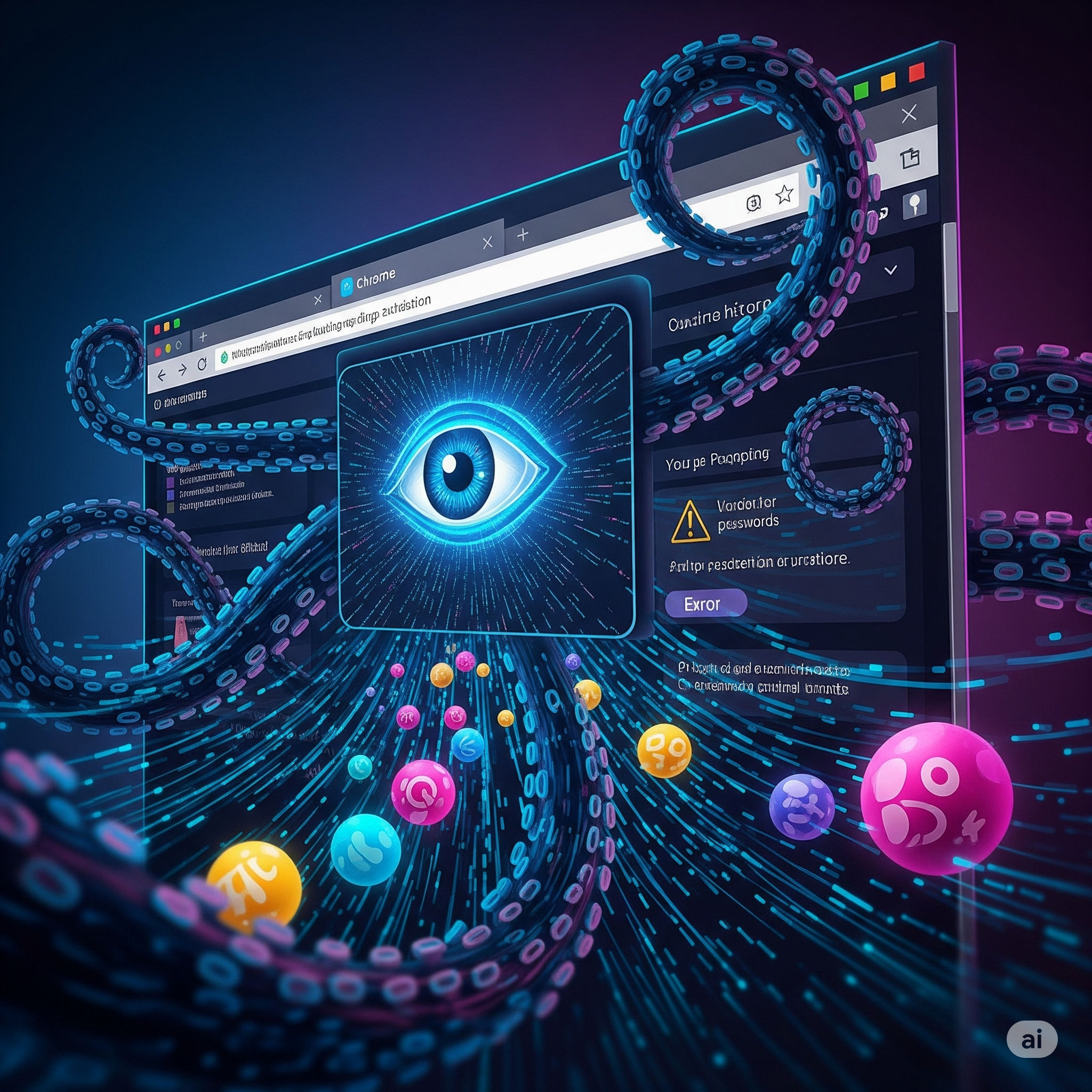podcasts
-
What’s New in Cybersecurity This Week: Projects, Videos, Articles & Podcasts I’m Following – 9/8/25
Welcome to my weekly cybersecurity roundup! Here, I share updates on the projects I’m currently working on, along with the most insightful cybersecurity videos I watched, articles I found valuable, and podcasts I tuned into this week. Featured Analysis Featured article analysis: Hackers Weaponize Amazon Simple Email Service to Send 50,000+ Malicious Emails Per Day A
-
What’s New in Cybersecurity This Week: Projects, Videos, Articles & Podcasts I’m Following – 8/4/25
Welcome to my weekly cybersecurity roundup! Here, I share updates on the projects I’m currently working on, along with the most insightful cybersecurity videos I watched, articles I found valuable, and podcasts I tuned into this week. Featured Analysis Featured article analysis: Hacker extradited to US for stealing $3.3 million from taxpayers The article details the
-
What’s New in Cybersecurity This Week: Projects, Videos, Articles & Podcasts I’m Following – 7/21/25
Welcome to my weekly cybersecurity roundup! Here, I share updates on the projects I’m currently working on, along with the most insightful cybersecurity videos I watched, articles I found valuable, and podcasts I tuned into this week. Featured Analysis Featured article analysis: Woman gets 8 years for aiding North Koreans infiltrate 300 US firms This
-
What’s New in Cybersecurity This Week: Projects, Videos, Articles & Podcasts I’m Following – 6/23/25
Welcome to my weekly cybersecurity roundup! Here, I share updates on the projects I’m currently working on, along with the most insightful cybersecurity videos I watched, articles I found valuable, and podcasts I tuned into this week. Featured Analysis Featured article analysis: Millions of Brother Printers Hit by Critical, Unpatchable Bug The article highlights a
-
What’s New in Cybersecurity This Week: Projects, Videos, Articles & Podcasts I’m Following – 5/26/25
Welcome to my weekly cybersecurity roundup! Here, I share updates on the projects I’m currently working on, along with the most insightful cybersecurity videos I watched, articles I found valuable, and podcasts I tuned into this week. Featured Analysis Featured article analysis: Suspected InfoStealer Malware Data Breach Exposed 184 Million Logins and Passwords This article details
-
What’s New in Cybersecurity This Week: Projects, Videos, Articles & Podcasts I’m Following – 5/19/25
Welcome to my weekly cybersecurity roundup! Here, I share updates on the projects I’m currently working on, along with the most insightful cybersecurity videos I watched, articles I found valuable, and podcasts I tuned into this week. Featured Analysis Featured article analysis: Data-stealing Chrome extensions impersonate Fortinet, YouTube, VPNs This article from BleepingComputer details a
-
What’s New in Cybersecurity This Week: Projects, Videos, Articles & Podcasts I’m Following – 5/12/25
Welcome to my weekly cybersecurity roundup! Here, I share updates on the projects I’m currently working on, along with the most insightful cybersecurity videos I watched, articles I found valuable, and podcasts I tuned into this week. Featured Analysis Featured article analysis: Broadcom employee data stolen by ransomware crooks following hit on payroll provider This serves










